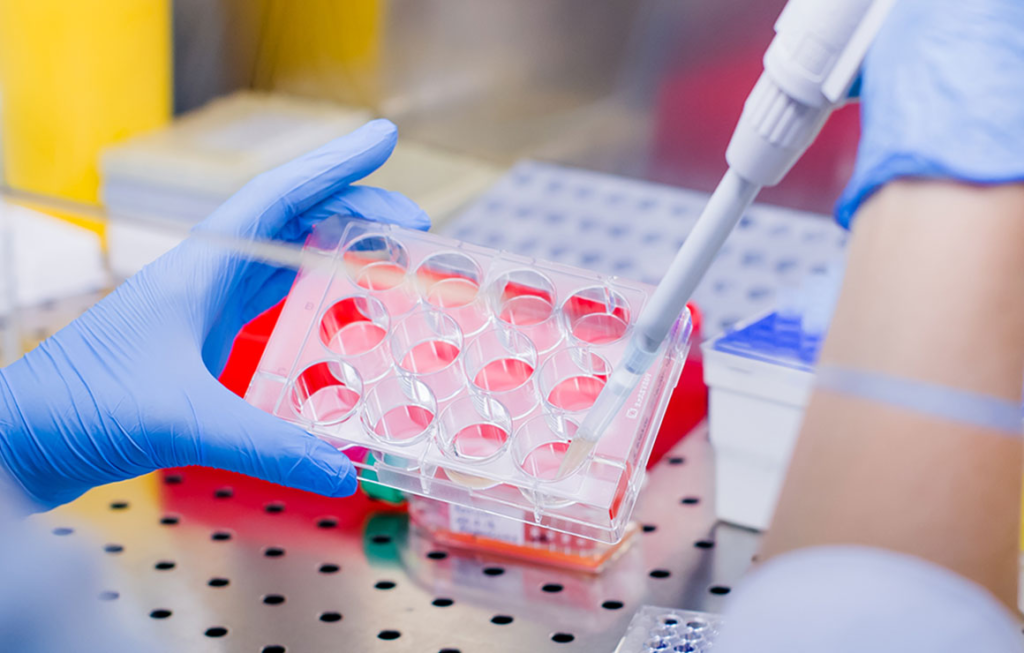What is Cell Medicine?
What is cell medicine?
Cell medicine is a growing field of research that focuses on using cells and tissues to
treat diseases. It is also called regenerative medicine because it uses the body’s own
healing processes to heal and regenerate damaged tissues or organs sports.suratkhabar. This type of
treatment is often used to help treat a variety of medical conditions and diseases,
including orthopedic injuries, spinal cord injury, heart disease, diabetes,
autoimmune disorders and other illnesses.

Stem cells are the cells that can develop into blood, bone, brain and other organs in
the human body. Scientists are exploring ways to use stem cells to treat many
different types of medical problems.
The most common way stem cells are derived is from the bone marrow, but they
can also be sourced from other places in the body. These include umbilical cord
blood and peripheral (non-blood) stem cells.
There are two main types of stem cells: embryonic stem cells and adult stem cells.
Embryonic stem cells, or ESCs, are pluripotent, which means they can differentiate
into all of the various types of cells in the body.
ESCs can be derived from eggs that are collected during in vitro fertilization (IVF)
procedures or from the inner cell mass of an embryo that has been removed during
a chromosomal replacement surgery. They can be used to treat a variety of different
conditions, but their safety and reliability has not yet been proven in humans.
Another way to obtain stem cells is through induced pluripotent stem cells, or iPSCs.
These stem cells are derived by introducing certain genes into an adult cell or
tissue, like skin, and then reprogramming the cells to have characteristics of
embryonic stem cells.

Induced pluripotent stem cells are a new approach to treating patients with medical
problems. They have the potential to treat a variety of medical problems, including
orthopedic and other injuries, spinal cord damage, brain disease, arthritis, diabetes
and cancer.
Other uses of stem cells include tissue regeneration and repair. They are able to
replace lost or damaged cells and repair damaged tissue in the body, such as
repairing a broken bone or regenerating cartilage.
They are also used to treat the immune system and regulate its activity. They can
help control inflammation in the body and modulate the immune system to reduce
autoimmune disease, such as lupus.
Tissue regeneration and repair is one of the most important uses for stem cells. They
can be used to repair damaged tissues in the body, such as the bone marrow or skin
after an injury. They can also be injected into the body to make new tissue, such as
blood vessels or kidneys.
In addition, stem cells are also being investigated for other purposes, such as
identifying drugs or screening drugs for side effects. For example, scientists are
studying how stem cells can turn into heart muscle cells to induce the heart to repair
itself after a heart attack.
Although many people are fascinated by the idea of being able to cure disease and
regain health with a few injections of stem cells, it’s important to note that almost all
of these products haven’t been studied under an FDA-issued Investigational New
Drug Application (IND). In fact, they can be dangerous or illegal.
